Rising Demand for Minerals
The Surface Mining Market is experiencing a notable increase in demand for minerals, driven by the expansion of various sectors such as construction, automotive, and electronics. As urbanization accelerates, the need for raw materials like copper, gold, and coal intensifies. According to recent data, the demand for copper alone is projected to rise by approximately 25% by 2030, primarily due to its essential role in renewable energy technologies. This surge in demand compels mining companies to enhance their extraction capabilities, thereby propelling growth within the Surface Mining Market. Furthermore, the increasing reliance on advanced materials in manufacturing processes further underscores the necessity for efficient surface mining operations.
Infrastructure Development Projects
Infrastructure development projects are a critical driver for the Surface Mining Market, as governments and private entities invest heavily in building roads, bridges, and other essential facilities. The construction sector's growth is closely linked to the availability of mined materials, which are fundamental for concrete, asphalt, and other construction components. Recent reports indicate that infrastructure spending is expected to reach trillions of dollars over the next decade, particularly in emerging economies. This investment not only stimulates demand for minerals but also encourages the adoption of innovative mining techniques to meet the increasing material requirements. Consequently, the Surface Mining Market stands to benefit significantly from this trend.
Regulatory Framework and Compliance
The regulatory framework surrounding the Surface Mining Market is evolving, with governments implementing stricter environmental and safety regulations. These regulations aim to mitigate the ecological impact of mining activities and ensure the safety of workers. Compliance with these regulations often necessitates investment in cleaner technologies and sustainable practices, which can initially increase operational costs. However, companies that adapt to these regulations may gain a competitive advantage by appealing to environmentally conscious consumers and investors. Furthermore, adherence to regulatory standards can lead to long-term operational sustainability, positioning firms favorably within the Surface Mining Market.
Technological Innovations in Mining
Technological innovations are reshaping the Surface Mining Market, enhancing efficiency and safety in operations. The integration of automation, artificial intelligence, and advanced data analytics is revolutionizing traditional mining practices. For instance, the use of autonomous trucks and drones for surveying and monitoring has shown to increase productivity by up to 30%. Moreover, the implementation of real-time data analytics allows for better decision-making and resource management, reducing operational costs. As mining companies seek to optimize their processes and minimize environmental impact, these technological advancements are likely to play a pivotal role in the future of the Surface Mining Market.
Increased Investment in Mining Projects
Increased investment in mining projects is a significant driver for the Surface Mining Market, as both public and private sectors recognize the potential for high returns. Investment in exploration and development of new mining sites is crucial for meeting the rising demand for minerals. Recent trends indicate that investment in mining projects has surged, with funding reaching unprecedented levels in various regions. This influx of capital not only facilitates the expansion of existing operations but also encourages the development of new technologies and practices. As a result, the Surface Mining Market is poised for growth, driven by this renewed interest and investment in mining activities.


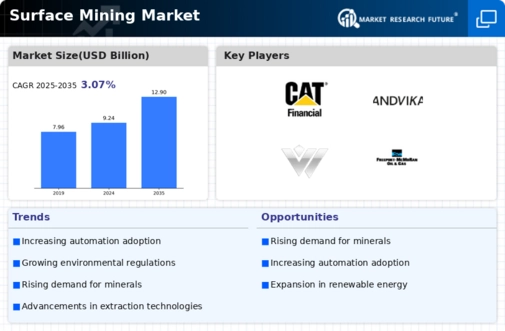

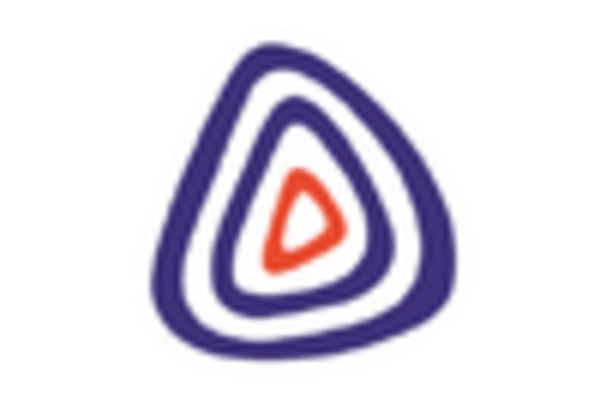

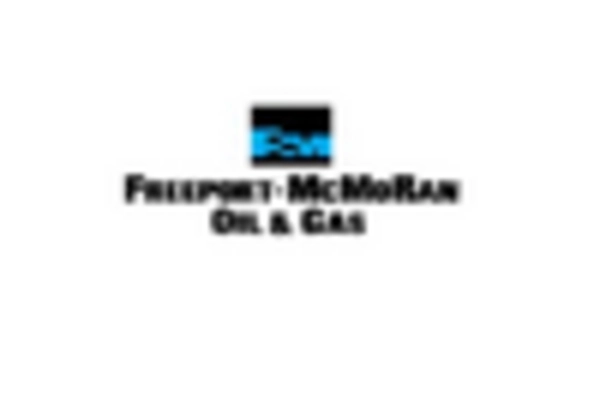
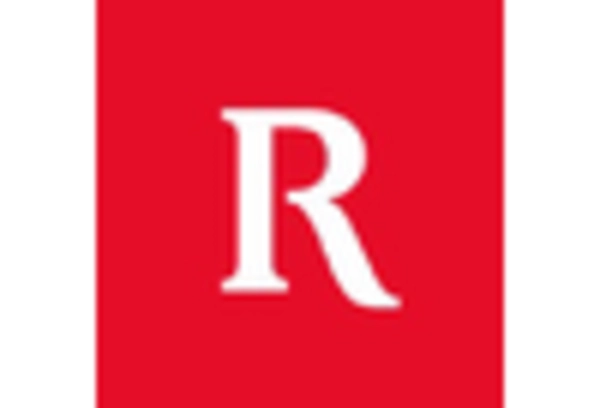
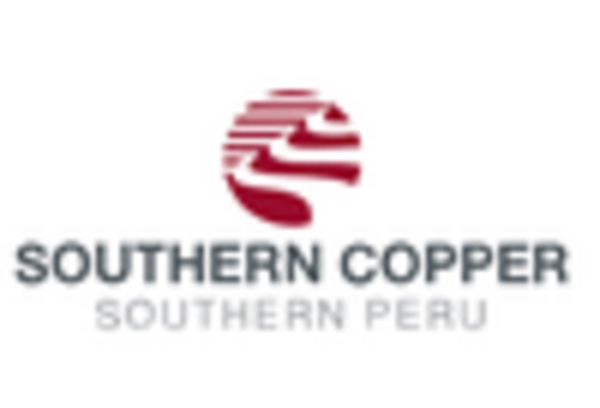
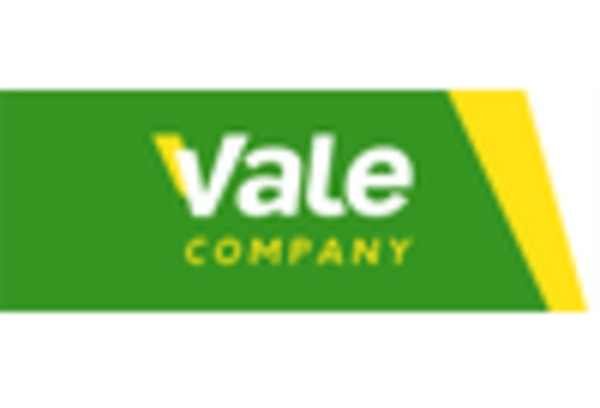








Leave a Comment